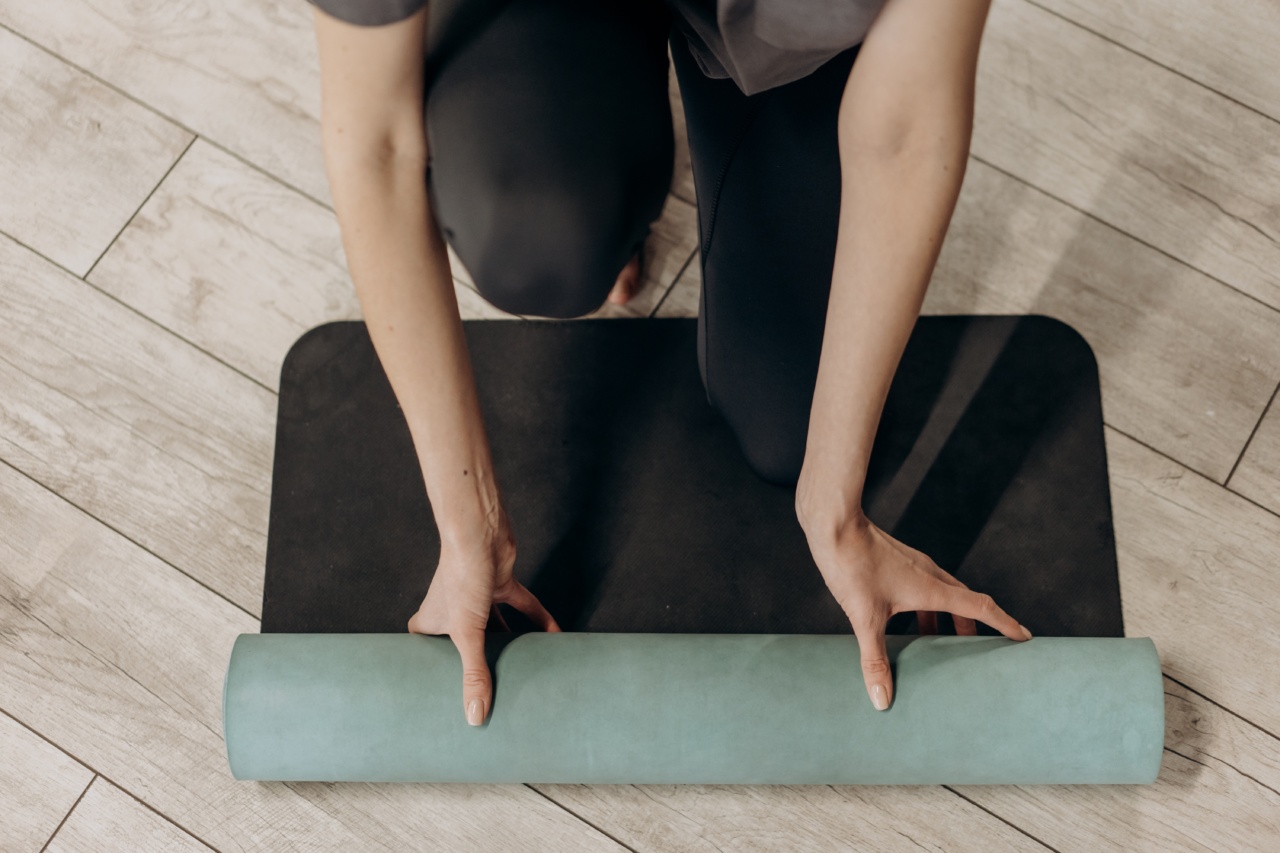Meditation has become a popular practice for people seeking stress relief, increased mental clarity, and overall well-being.
However, with so many different meditation techniques and styles available, it can be challenging to determine which one is right for you. If you’re unsure where to start or want to explore different meditation methods, this meditation test is designed to help you find the perfect fit for your unique needs.
What is Meditation?
Meditation is a mind-body practice that involves focusing your attention and eliminating the stream of thoughts that may be crowding your mind.
It is often performed in a quiet and peaceful environment, allowing practitioners to enhance self-awareness and achieve mental clarity. While meditation is rooted in ancient spiritual traditions, it has gained popularity in the modern world as a secular practice for promoting relaxation and reducing stress.
The Benefits of Meditation
Meditation offers numerous benefits for both your mental and physical well-being. Some of the advantages of regular meditation practice include:.
1. Stress Reduction
One of the primary reasons people turn to meditation is to alleviate stress. Research has shown that meditation can help lower cortisol levels, which is the hormone responsible for stress.
By practicing meditation regularly, you can enhance your ability to manage stress and create a sense of calm in your daily life.
2. Improved Focus and Concentration
Regular meditation practice has been linked to an improvement in focus and concentration.
By training your mind to maintain concentration on a single object or point of focus, you can increase your ability to concentrate on tasks and improve productivity.
3. Enhanced Emotional Well-being
Studies have shown that meditation can help regulate emotions and increase overall emotional well-being. It can reduce symptoms of anxiety and depression and promote feelings of positivity and happiness.
4. Better Sleep
Meditation can also improve the quality of your sleep by promoting relaxation and reducing racing thoughts. By incorporating meditation into your nighttime routine, you can calm your mind and prepare your body for a restful night’s sleep.
5. Increased Self-Awareness
Meditation allows you to become more self-aware by observing your thoughts without judgment. This heightened self-awareness can lead to greater self-acceptance, improved decision-making, and a deeper understanding of your own emotions and behaviors.
How to Take the Meditation Test
The meditation test is designed to help you identify the meditation technique that resonates most with you. Follow these steps to embark on the journey of self-discovery:.
Step 1: Create a Peaceful Environment
Find a quiet and comfortable space where you won’t be disturbed. Remove any distractions and create an atmosphere of tranquility with dim lighting, soothing sounds, or aromatherapy.
Step 2: Get into a Comfortable Position
Choose a comfortable posture that allows you to maintain focus without discomfort. You can sit cross-legged on a cushion, sit on a chair with your feet on the ground, or lie down on a yoga mat or bed.
Step 3: Start with Deep Breathing
Close your eyes and take a few deep breaths, inhaling slowly through your nose and exhaling through your mouth. Focus on the sensation of your breath entering and leaving your body, allowing your mind to gradually calm down.
Step 4: Explore Different Meditation Techniques
Now that you’re in a relaxed state, it’s time to explore different meditation techniques. You can try the following methods one by one and observe how each one resonates with you:.
A. Mindfulness Meditation
Focus your attention on the present moment, observing your thoughts and sensations without judgment. Notice the physical sensations in your body, the sounds around you, and the thoughts passing through your mind.
B. Loving-Kindness Meditation
Cultivate feelings of love, compassion, and kindness towards yourself and others. Repeat positive affirmations or directed well wishes, such as “May I be happy, may I be peaceful, may I be safe.”.
C. Guided Visualization
Listen to a guided meditation recording or follow a visualization script that takes you on a journey through relaxing and peaceful imagery. Imagine yourself in a serene natural setting or visualize accomplishing your goals and aspirations.
D. Transcendental Meditation
Use a personalized mantra or phrase to focus your mind and transcend ordinary thinking. Repeat the mantra silently in your mind, allowing it to become a point of focus and guide you to a state of deep relaxation.
E. Walking Meditation
Engage in meditation while walking slowly and mindfully. Pay attention to the sensations in your feet, the movement of your body, and the environment around you. Focus on each step and cultivate a sense of mindfulness while moving.
Step 5: Reflect and Evaluate
After practicing each meditation technique, take a few moments to reflect on your experience. Notice how each method made you feel and how easily you were able to focus. Consider whether any particular technique resonated with you more than others.
Step 6: Choose Your Ideal Meditation Technique
Based on your reflections, select the meditation technique that felt most comfortable and beneficial for you. Remember, there is no right or wrong choice – trust your intuition and select the practice that aligns with your goals and preferences.
Step 7: Create a Daily Practice
To reap the full benefits of meditation, it’s important to maintain consistency. Set aside a dedicated time each day to practice your chosen meditation technique.
Start with a few minutes and gradually increase the duration as you become more comfortable.
Conclusion
Meditation offers a multitude of benefits for your mental, emotional, and physical well-being.
By taking this meditation test and exploring different techniques, you can find the perfect practice that puts your mind at ease and helps you navigate life’s challenges with greater clarity and calmness. Remember to make your meditation practice a priority and embrace the transformative power it offers.






























